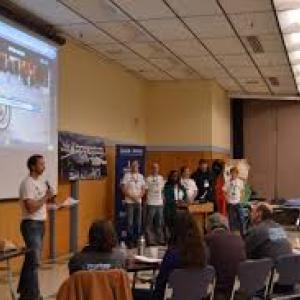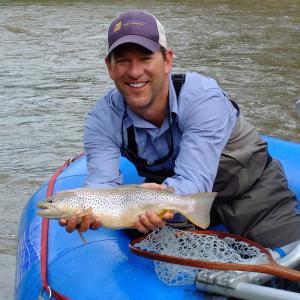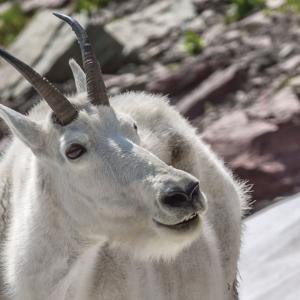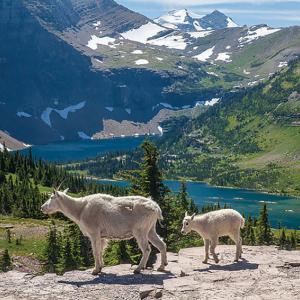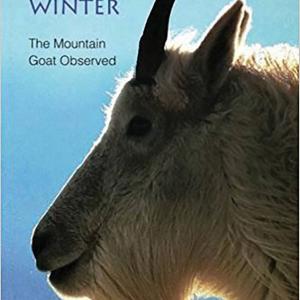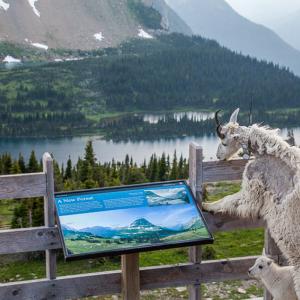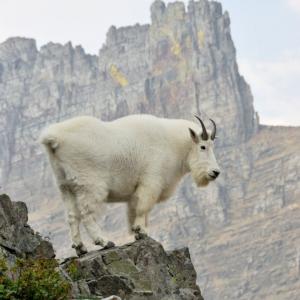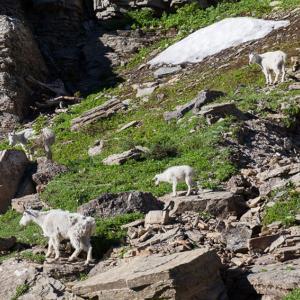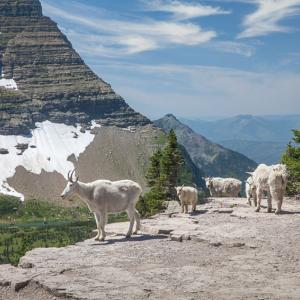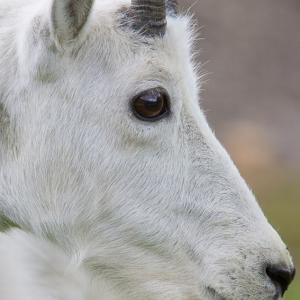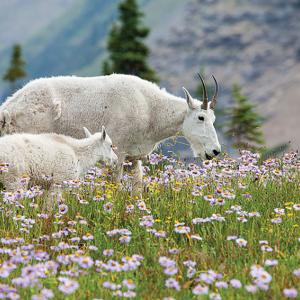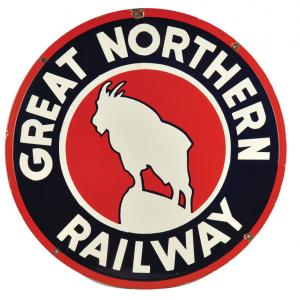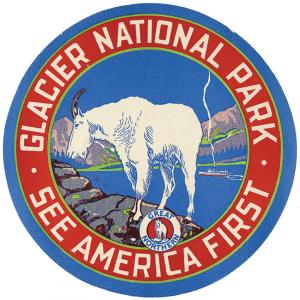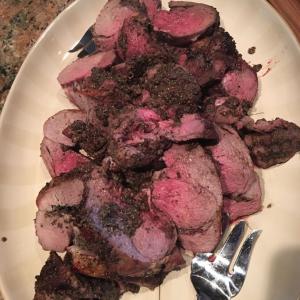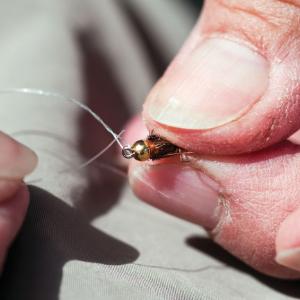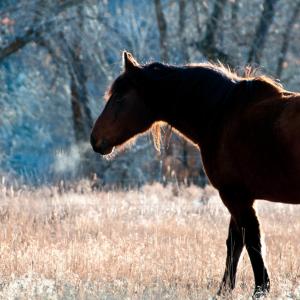Winter’s beauty is full of sharp lines. The knife edges of ice shelves that cut their way along the river, the snow piled high in drifts with long sword-like waves that disclose the wind’s direction, and the precise borders of the lacy hoarfrost covering the trees all proclaim winter’s indubitable force—definitive, harsh, and unrelenting. Winter’s sharpest line is the one between life and death. Winter can be the killing season.
I had hoped to get Annie through the winter for one last summer of green pastures, sunny afternoons, and warm, starry nights.
It was not to be. Her body had had enough. It began to shut down. Her eyes told me that is was time and asked me to help her over. I did.
I was with her to the last. It was as peaceful a death as I have ever seen. My son was with me. He knew. He has often been the one to walk with me at moments like this. When my own mother died, he left high school in the middle of the day to find me and walk. Walking is the only way I know to let the grief flow. My feet seem to find their way despite tear-filled eyes that cannot see.
Annie helped build Dunrovin Ranch.
She was my first Montana horse. The corrals and barn were built for her. She is now everywhere in them. All Dunrovin’s memories, its ups and downs, its struggles and triumphs, its sadness and its joy, include Annie. She comforted me through the deaths of others. Her death is felt by the very ground upon which Dunrovin Ranch sits.
Annie’s death has stirred not only grief but questioning and angst in my heart. I had not been there for her in the same way she had been there for me. In her early years, I spent hours in Annie’s company, even after she could not be ridden. My mind is full of pictures of warn spring afternoons grooming Annie and pulling the long, shiny amber hair out of her winter coat. After she gave birth to Lonza, I would ride Denali, pony Annie, and Lonza would follow behind. Hikers at the trailheads always questioned my sanity: one woman and three horses on a ride. But Annie loved it. She readily climbed the hills, crossed the streams, and scrambled over fallen timber. It didn’t seem to matter that her knee was compromised. She gave it no consideration. She forged ahead.
Perhaps my best memories are those of swimming with her.
Plainly put, Annie was a water horse. She continually sought it. We had trouble keeping a full trough with Annie around. She would splash in it until most of the water was on her back or on the ground. During the brief couple of years that I was able to ride Annie, she and I would literally steam up the Bitterroot River in deep water. Waves rolled over her shoulder and covered me from the waist down as she plowed through the current like a tugboat. On particularly hot afternoons, I would ride Annie bareback across the river to the Dunflowin swimming hole. It is a deep, spring-fed, and crystal-clear pool of water where many family afternoons have been spent. Annie delighted in swimming back and forth in the icy water as I clung to her mane. She enabled my second childhood.
In her later years, she was always ready to offer me a kind eye, a nuzzle, and quiet moments of rest when I needed them. But the truth is that I became too busy, too preoccupied with the business of running the ranch. I did not check in with her to give her what she needed. Oh, yes, I made sure that I had others available to do those things, capable and caring people like Jamie and Kelli. They genuinely loved her and made sure that she was well kept. But she didn’t have me. I vanished. I was no longer a daily presence in her life. She lost my emotional support. There was simply too little of me to go around.
Her death, in some ways, haunts me.
It makes me examine my priorities, the ways in which I spend my time. My drive to create this ranch has many, many rewards that come only from the kind of demanding work, long hours, and dedication that I have given it. It has also cost me dearly in moments not spent with the ones I love. This is the dilemma for us all. Easy things have little value. Things that are hard have great value but come only through sacrifices. Annie reminds me of this. She was on the short end of that equation. Her death brings those sacrifices to the fore.
I am grateful that I was with her at the end. She did not hold my absences against me. She welcomed me. She trusted me. My son Jake brought her a bucket of water just moments before the vet arrived to help close her life. She did not drink, but she put her nose in it and played for the briefest of moments. My fun-loving, strong-willed, water horse Annie was in that dying body to the very end, and she will live on in mine until my very end.
